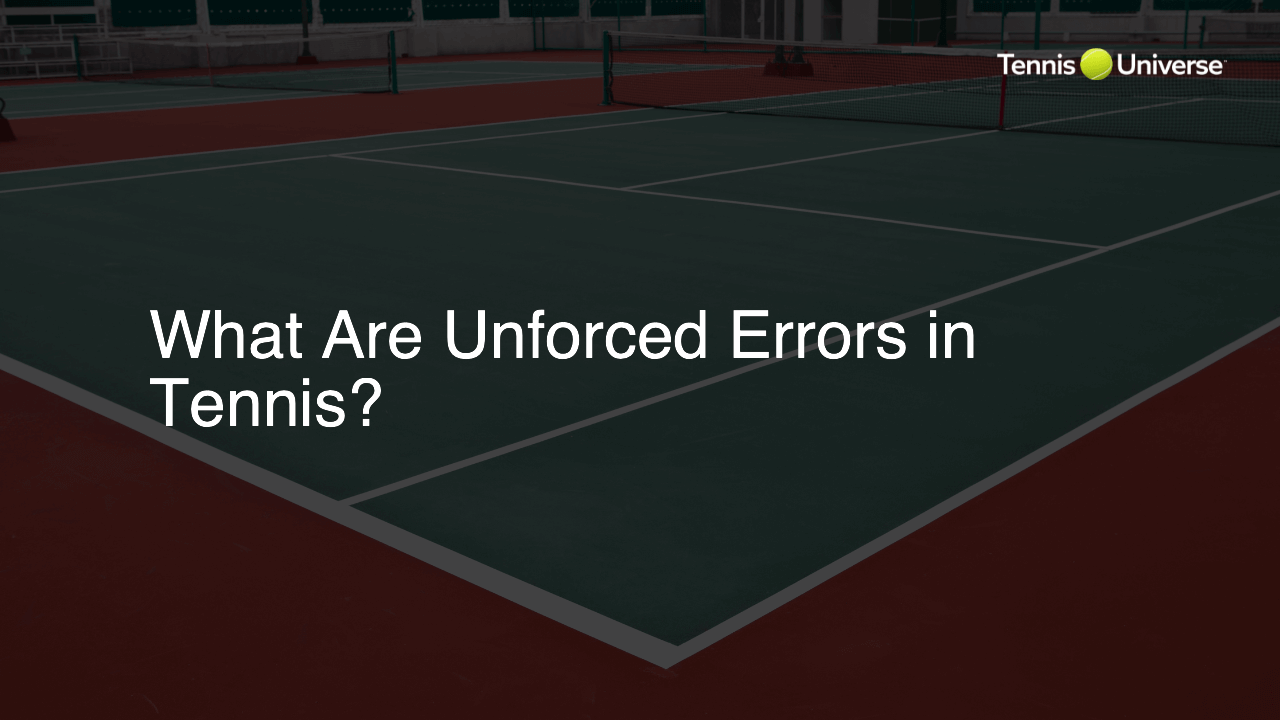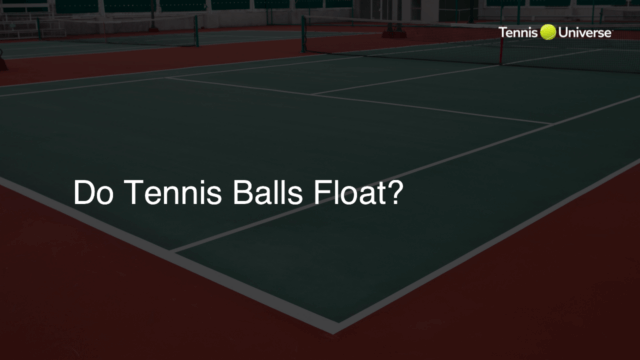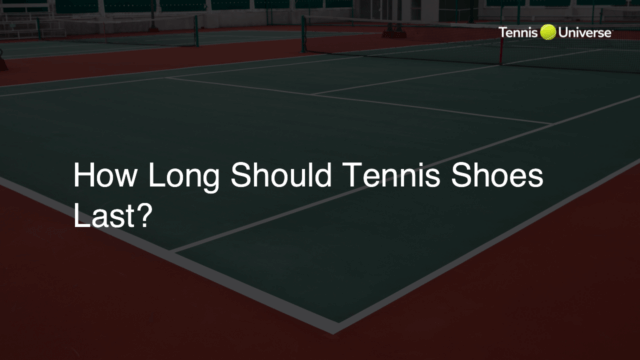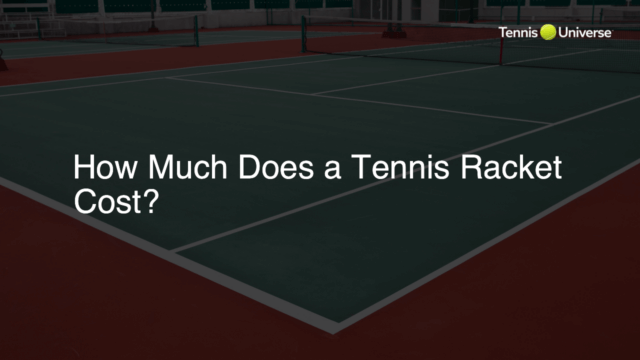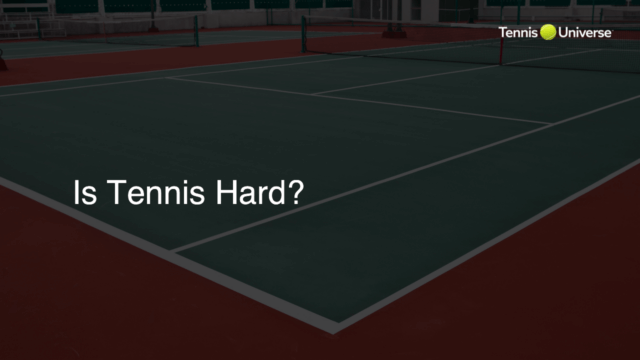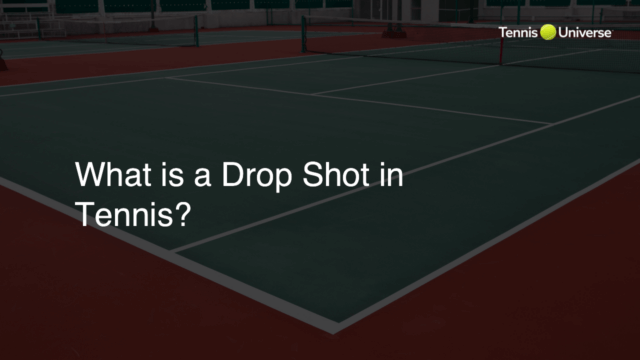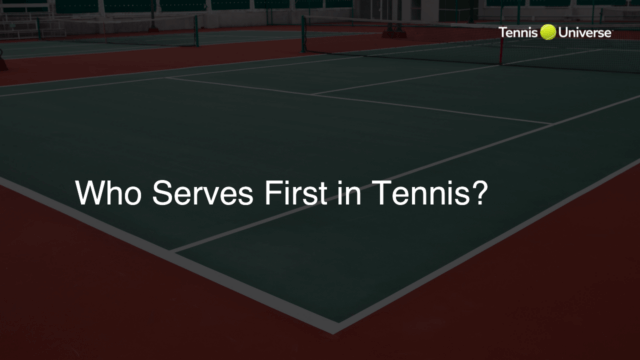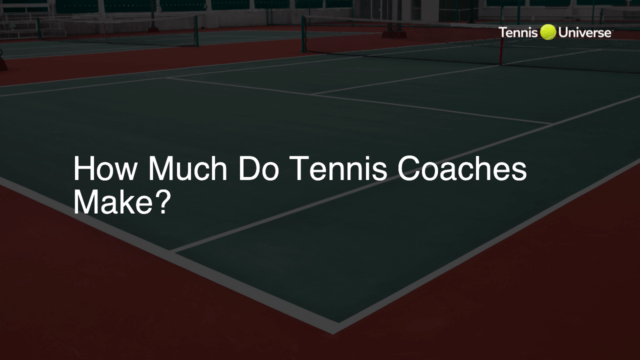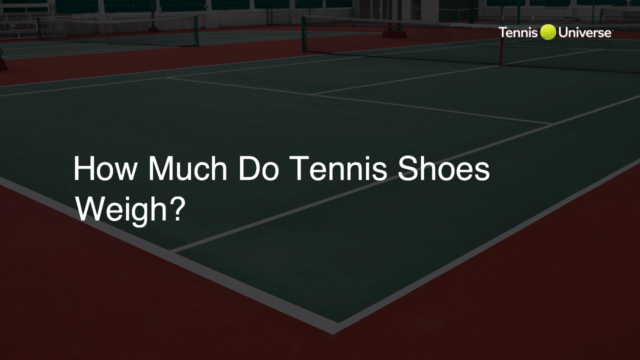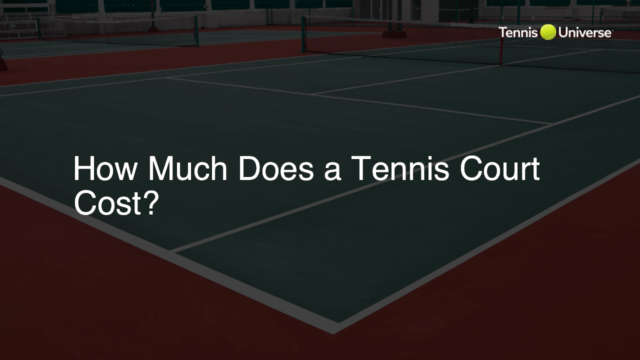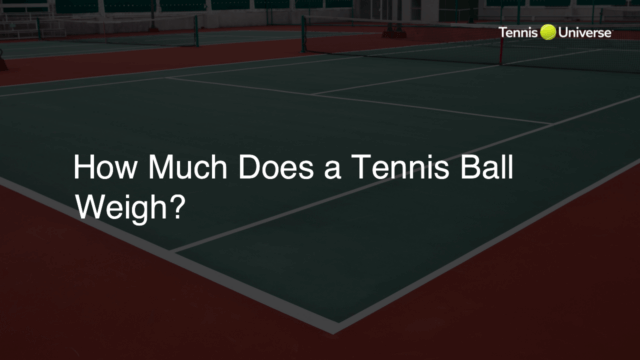Unforced errors in tennis refer to mistakes made by a player during a point, not caused by the opponent’s skill or action. They typically occur when a player misses an easy shot, like hitting the ball into the net or outside the court’s boundaries, without being pressured by the opponent’s play. Unforced errors are considered an essential factor in evaluating a player’s performance, as minimizing them can contribute to better consistency and success in matches.
Defining Unforced Errors in Tennis
Unforced errors in tennis are mistakes made by a player during a point that are not directly caused by the opponent’s skill or action. These errors occur when a player misses an easy shot, like hitting the ball into the net or outside the court’s boundaries, without being pressured by the opponent’s play. Unforced errors are a critical factor in evaluating a player’s performance, as minimizing them can contribute to better consistency and success in matches.
Types of Unforced Errors
Groundstroke Errors
These errors occur when a player hits a forehand or backhand shot that lands out of the court or into the net, despite not being under significant pressure from the opponent. To avoid such errors, players should focus on good footwork, proper tennis racket grip, and accurate shot placement.
Volley Errors
Volley errors happen when a player attempts to hit the ball before it bounces but misses the shot or incorrectly places it. Proper anticipation, maintaining a balanced position, and consistent racket control can help minimize these unforced errors.
Service Errors
These errors occur when a player fails to execute a successful serve, either due to double faults or serves that land outside the service box. To improve the serve and avoid these unforced errors, players should concentrate on proper ball toss, body positioning, and racket contact with the ball.
How to Reduce Unforced Errors
Focus on Consistency
Consistent shot-making is key to minimizing unforced errors. Players should prioritize hitting the ball within the court limits, instead of going for risky, aggressive shots that could result in errors. Focusing on consistency will force opponents to work harder and make mistakes themselves.
Practice Under Pressure
Unforced errors often increase under pressure situations. Players can simulate match-like conditions during practice by incorporating drills designed to test both physical and mental endurance.
Improve Tennis Racket Selection
A player’s choice of tennis racket can impact their performance significantly. Using a racket with the right weight, balance, and grip size ensures better control and can help reduce the risk of unforced errors.
Importance of Fitness and Endurance
Maintaining a high level of physical fitness and endurance can help players reduce unforced errors in tennis. Tired players are more prone to make mistakes, either due to slower movements or declining focus. Incorporating fitness routines and conditioning exercises can help players remain sharp and consistent throughout the match.
Tennis Tips for Mental Strength
Developing mental resilience is essential in reducing unforced errors. Utilizing tennis tips and strategies to improve the mental aspect of the game can lead to better performance under pressure, and fewer unforced errors as a result. Some tactics include:
- Staying present in the moment, focusing only on the current point rather than dwelling on past mistakes or future outcomes.
- Adopting a positive mindset, even after committing an unforced error.
- Developing a personal pre-serve or pre-return routine that helps players reset and refocus before each point.
Analyzing Matches and Identifying Patterns
One effective method to reduce unforced errors is to analyze past matches and identify common patterns or situations where these errors typically occur. By understanding the factors contributing to unforced errors, players can modify their game strategy and technical skills to address these issues more effectively.
Working with a Coach or Tennis Professional
Seeking guidance from a tennis coach or professional is a valuable way to reduce unforced errors. Coaches can provide personalized instruction and tennis tips to help players improve their technique and decision-making during matches.
FAQ Section
In this section, we have compiled a list of frequently asked questions related to unforced errors in tennis, along with concise and informative answers, to further your understanding of the topic and provide actionable advice.
What is the difference between unforced errors and forced errors?
Unforced errors are mistakes made by a player without the pressure of their opponent’s skill or action, such as missing an easy shot. Forced errors, on the other hand, occur when an opponent’s aggressive play or challenging shot placement forces the player to make a difficult shot, resulting in an error.
Why are unforced errors an important statistic in tennis?
Unforced errors are significant because they indicate the level of consistency and performance of a player. A high number of unforced errors usually suggests a player is struggling to maintain control and steadiness in their game. Minimizing unforced errors can greatly improve overall match success and competitiveness.
How can I improve my mental game to reduce unforced errors?
To boost mental strength, focus on staying present in the moment, maintaining a positive mindset, and developing a personal pre-serve or pre-return routine. These strategies will help you stay focused and resilient, reducing the likelihood of making unforced errors due to mental lapses or pressure.
Should I change my playing style to minimize unforced errors?
Instead of completely altering your playing style, focus on identifying areas where unforced errors commonly occur and making small adjustments to address those issues. Improving consistency, shot selection, and tactical decision-making can help reduce unforced errors without compromising your natural playing style.
How can I detect patterns in my unforced errors while reviewing matches?
While analyzing matches, pay close attention to the circumstances surrounding each unforced error. Note the type of shot, the position on the court, and any recurring technical flaws that may contribute to these mistakes. Identifying patterns will help you target specific improvements and strategize to minimize future unforced errors.

